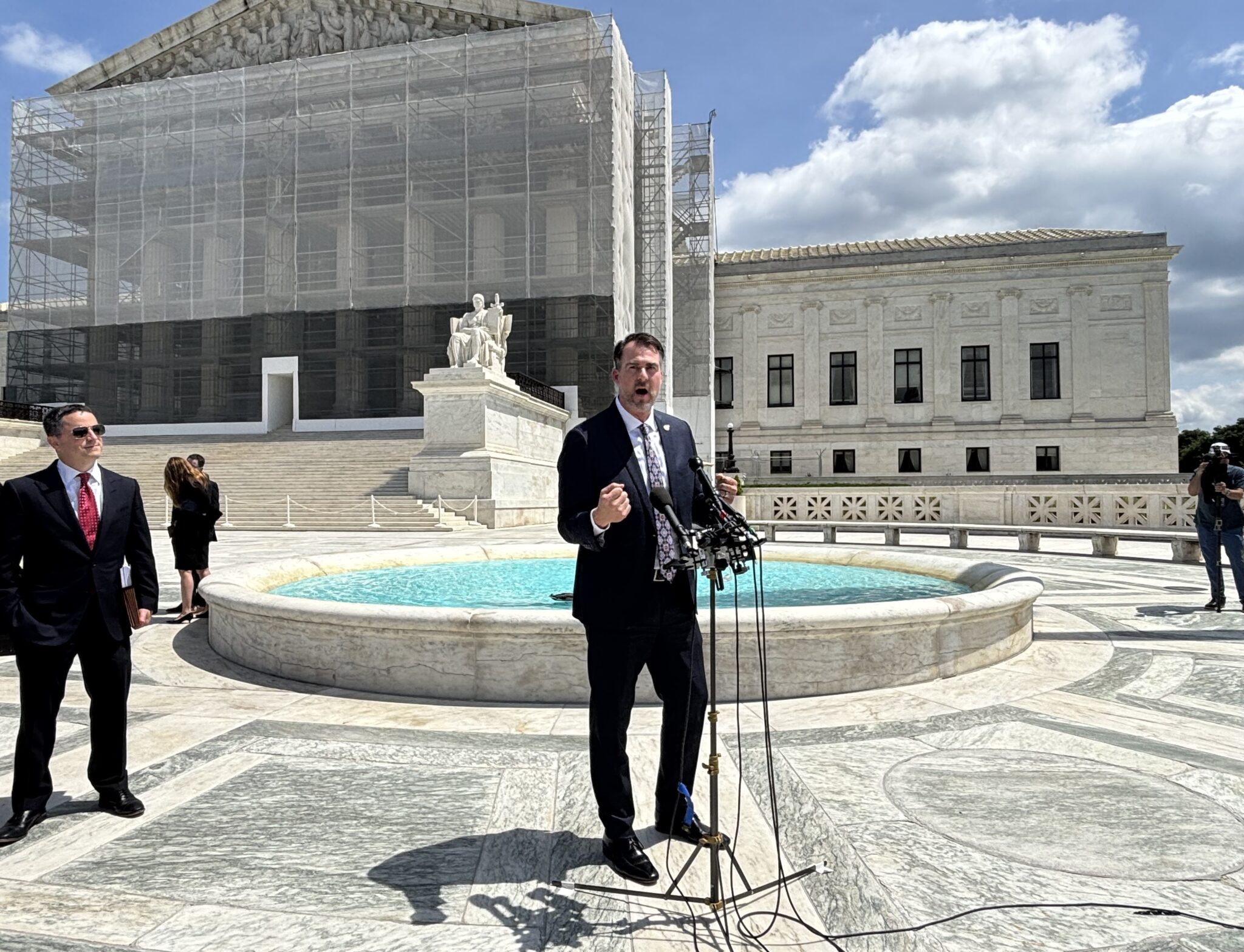Faith vs. State: Supreme Court Wrestles with Catholic School Funding Showdown

In a pivotal hearing that underscores the ongoing tension between religious freedom and public education, the U.S. Supreme Court grappled with a groundbreaking case involving Oklahoma's proposed first-ever religious charter school. The justices appeared deeply divided as they listened to arguments that could potentially reshape the landscape of educational funding and religious expression in public institutions.
The case centers on a unique proposal that challenges traditional boundaries between church and state, with advocates arguing for a charter school that would explicitly integrate religious instruction into its curriculum. This unprecedented legal challenge has drawn national attention, as it represents a significant test of the constitutional principles governing educational funding and religious liberty.
During the oral arguments, the justices probed the complex legal and constitutional implications of allowing a religiously-affiliated charter school to receive public funding. The case promises to be a landmark decision that could have far-reaching consequences for education policy and the interpretation of religious freedom in the United States.
As the Supreme Court deliberates, educators, legal experts, and religious advocates are watching closely, recognizing that the outcome could fundamentally alter the relationship between public education and religious institutions.
